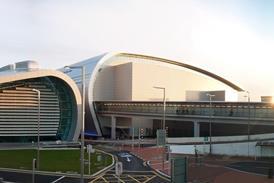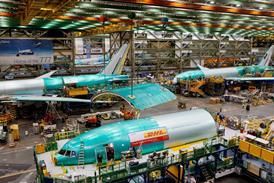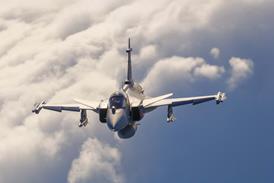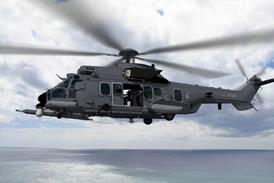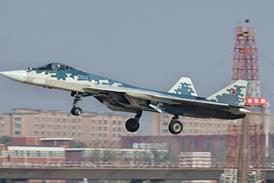Monday's "coolest" hot topic session, "Unmanned systems tackle the arctic," explored the use of unmanned systems to research natural resources.
For Alex Kahl of the US State Department, the use of autonomous underwater vehicles in Antarctica allowed for the study of warming effects of the ocean. Kahl's team has deployed AUVs more than 125 times since 2003. The systems measure salinity, temperature and chlorophyll, and track penguins and lion seals. Kahn says the sky's the limit for unmanned systems' use.
"How much do you want to spend on your instrumentation versus flight time? That's the real limiting factor," Kahl says.
Gregory Walker, professor at University of Alaska-Fairbanks, says some of these "under-studied" opportunities include climate and coastal changes, shipping and infrastructure.
"The surface of Venus is more mapped than any park of Alaska north of 62 degrees longitude," Walker says.
Up in the air, Commander John Adler of the NOAA Corps oversaw the first civil use of UAS in Greenland. But he says his use of unmanned systems in the arctic spans a decade.
"While you do have the [exclusive economic zone] and national waters, there is all this international water out there," Adler says.
Source: Flight Daily News

